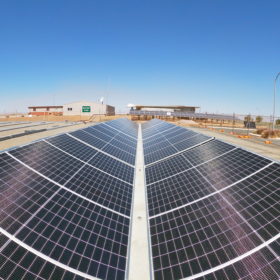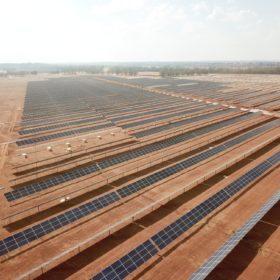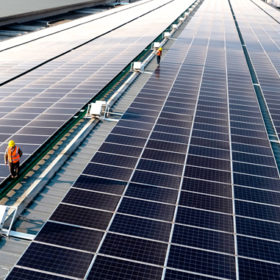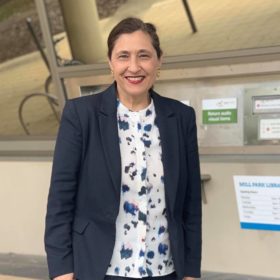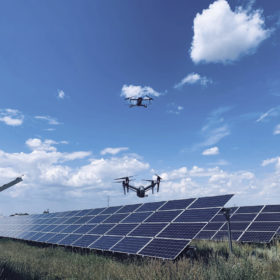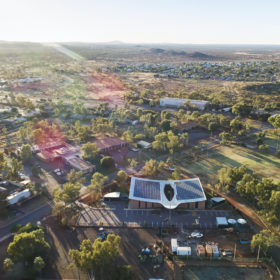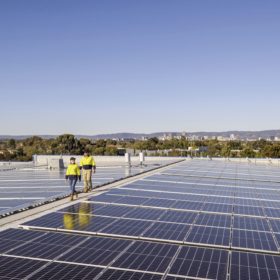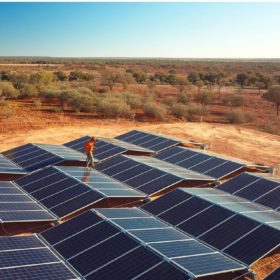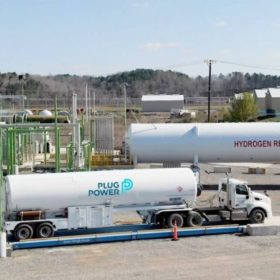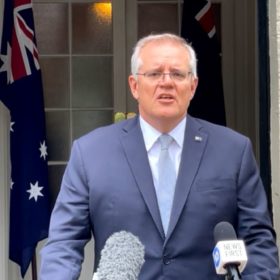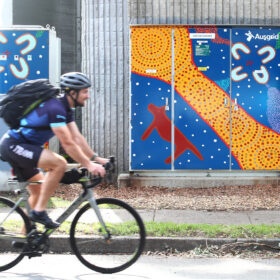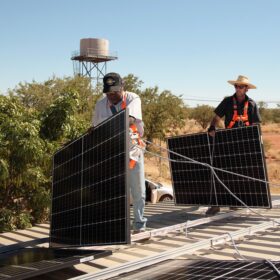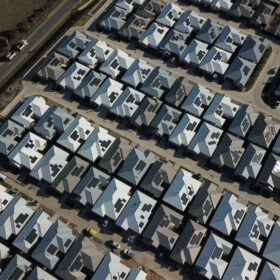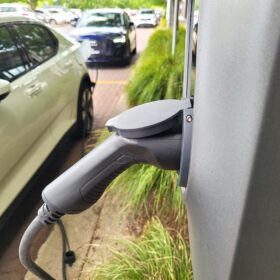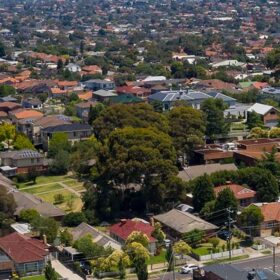The changing landscape of the modular marketplace
The modular solar marketplace is growing, especially in Australia where remote mining and agricultural sites appreciate the benefits of compact, moveable solar. One new entrant is Western Australia’s CDI Energy with its “Rapid Solar Module”, which CDI founder and CEO Darryl Bower told pv magazine is up to 30% cheaper than fixed axis alternatives.
Canadian fund Omers plans to acquire 49% of FRV Australia
Fotowatio Renewable Ventures’ (FRV) Australian platform includes 637 MW (DC) in projects already operational or under construction, and a pipeline comprising 7 GW of solar projects and 1.3 GWh of battery storage.
A business case for energy retailers to help decarbonise the C&I sector
Renewable PPAs and renewable self generation are hard enough for commercial and industrial energy users to factor into their organisational management. Energy market participation is also on the table. Energy retailers hold the keys to tariff design that leverages all opportunities. They just need smarter software, says Flux Federation’s Jessica Venning-Bryan.
Victoria invites consultation on how to make renewable energy more accessible to C&I users
Renewable generation is now the cheapest source of electricity, but for many C&I users accessing green energy is a complex proposition. The Victorian Government wants to retain and attract more businesses, build more renewable energy, create more jobs — is a market facilitation platform the next piece of the puzzle?
Drones and software loop the loop on autonomous, intelligent PV plant monitoring
Mobile test equipment is a must for fault detection and performance monitoring of large-scale PV installations. The Australian PV Institute has contributed to an international review of available aerial and portable ground-based technologies, and how to deploy them for reliable, relatable results.
Award for solar-powered health care centre serving Newman’s Indigenous community
Solar installations can rarely be described as a crowning glory, but this Pilbara health clinic hums with renewable energy that is an integral part of its nurturing, elegant, proud design.
Saturday read: Powerful equation to expand C&I
Big rooftop PV systems on factories, warehouses and public buildings need not be limited by ownership issues nor local grid capacity, claims Australian innovator EleXsys Energy. The company is maxing out an Ikea in Adelaide, Australia, with solar and storage. And it claims its smart technology can allow the same to be done elsewhere.
Sun Cable customer exits as energy price rises take toll
The world’s biggest solar PV and storage project has suffered a setback after a Singapore electricity retailer which had lined up to be a foundation customer for the renewable energy generated by Australia’s $26 billion Sun Cable project announced it will cease operations amid a record-breaking spike in electricity prices.
Fortescue links with Plug Power to build electolyser gigafactory
Fortescue Future Industries has revealed it will partner with North American hydrogen technology company Plug Power to build the world’s largest green energy infrastructure and equipment-manufacturing facility in Central Queensland.
Morrison confirms he will attend COP26 climate summit
Australian Prime Minister Scott Morrison has confirmed he will travel to Scotland for the United Nations COP26 international climate conference later this month, signalling an about-turn after he had previously indicated he might not attend the talks.
